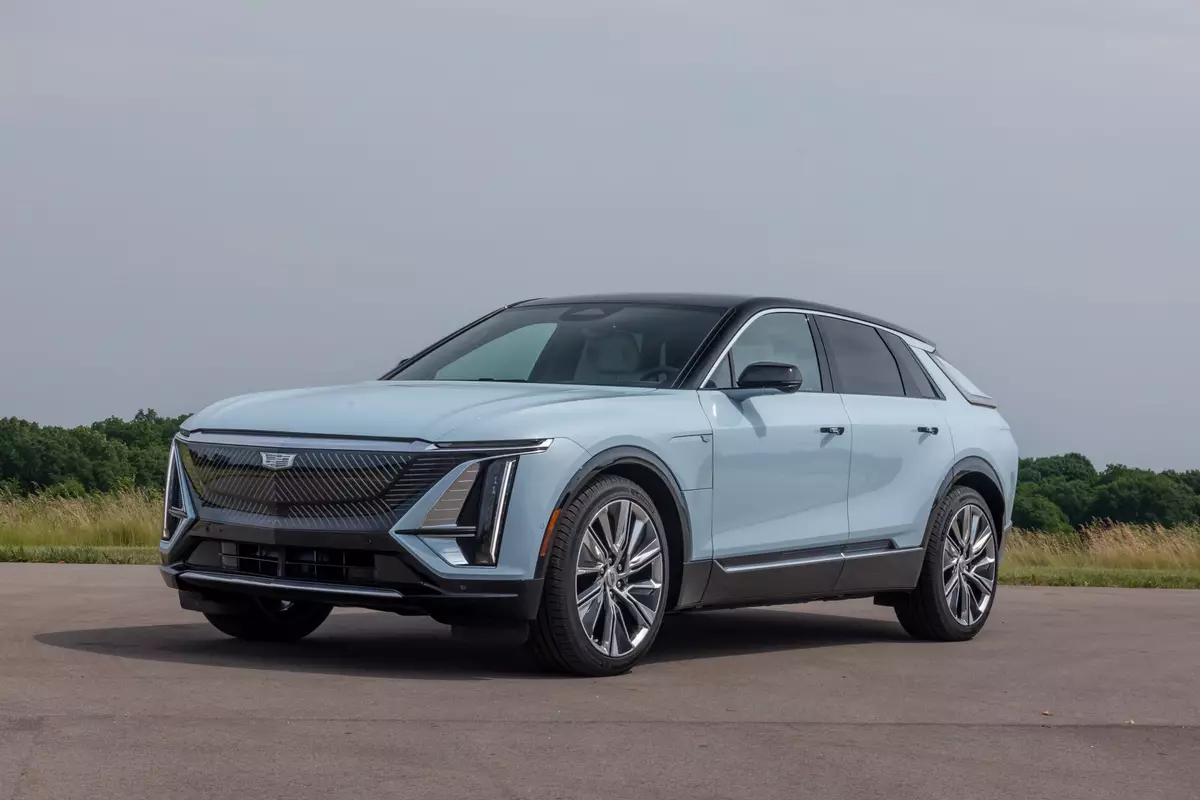The Morning Call and Mcall.com's view
Subaru really doesn’t have a long history in the automotive world – the American market was opened up in the late 1960s – but it does produce cars that obviously please everyone. There may be some unhappy Subaru owners out there but they definitely aren’t the ones being polled by research firms.
For the second year in a row, Subaru was rated No. 2 in customer satisfaction according to the Customer Satisfaction Index conducted by J.D. Power and Associates (Mercedes-Benz was No. 1). Now all polls do leave a little to be desired but at least they are an indication of something.
Perhaps one reason for customer satisfaction is that Subaru does build fairly simple and inexpensive (if there is any such thing in this day and age) cars. Most of its short history has been devoted to basic transportation economy cars. Simple, unexciting and homely cars. But a couple of years ago it started jazzing up its products and today there are sports cars, sport sedans, sport wagons, four-wheel drive cars and turbocharged cars. And you can even get a four-wheel-drive turbocharged sports car if you so desire. To be sure, today’s Subaru is more expensive than Subarus of the past but then what isn’t?
Another interesting point is that Subaru of America, which imports and markets Subaru vehicles, is the only American-operated and publicly owned import automobile company. Its heritage, goes back to Japan where it is manufactured by the industrial conglomerated Fugi Limited.
This all brings us to this week’s test car, the G-10 Turbo Station Wagon, a dandy front-wheel drive vehicle that may look like a lot of other small station wagons but has enough of its own touches to have some individuality. This particular vehicle is one of those economy/luxury cars and although this may sound like a contradiction it is one of the most popular segment of the automotive pie. The reason for this is simple – many people want a luxury car but don’t, won’t or can’t spend the money for one. Thus the economy/luxury car. Sort of having your funnel cake and eating it too – only in a smaller portion.
The Turbo Wagon has a wheelbase of 97 inches, length of 173.6 inches, width of 65.4 inches, height of 53 inches and curb weight of 2,775 pounds. The index volume is 123 cubic feet – 88 interior, 35 cargo – putting it in the small wagon class (wagons with volumes of less than 130 cubic feet). Five adults could fit in but four would be much happier. If you don’t need the back seat to haul passengers, it could be folded to provide a total of 70 cubic feet cargo room.
Drivers of all shapes and sizes shouldn’t have any problem being comfortable. Extra tall drivers will find leg room a little tight, but then they usually do. (Several years ago, before Subaru enlarged the wagon, interior space was much tighter.) The test car had a good grade of cloth covering and the seats were well padded. The dash was a bit dazzling with all of its electronic instruments but it was easy enough to read. The only thing I had a problem with was the high beam indicator light. It was part of the car’s monitoring system (the little car on the dash that shows when a door is open and so forth) and blended so well into the dash I couldn’t really tell if the high beams were on or off. So to all of those drivers I high-beamed, I do apologize now.
Otherwise, everything worked out fine. Controls were well located and easy to operate – the air conditioning system was extremely easy. It was the type of car that anyone could drive without too much of a checkout. The test car had a five-speed manual (a three-speed automatic is available) that shifted easily and had a nice spread of gears. What really takes the hassle out of driving, or learning to drive, a Subaru with a manual transmission is the Hill-Holder system. When properly engaged, this unique feature automatically prevents backward roll when starting forward on upgrades. This is not a ne w idea – Studebaker had it back in the 1930s – but for reasons I’ve never been able to fathom, Subaru is the only car offering this feature these days.
The Turbo Wagon’s four-wheel independent suspension features MacPherson strut with lower arm, coil spring and anti-sway bar up front, while the rear has semi-trailing arm and a coil spring/shock assembly. Also standard on the Turbo are four-wheel disc brakes. All-in-all, a good, sound system. Handling, not surprisingly, is quite good. The Turbo Wagon isn’t a sports car but it can provide some lively maneuvering.
Because of the turbocharger, there is a bit of torque steer and wheel spin when stomping on the accelerator from the start. So either hang on more firmly to the wheel or don’t stomp as hard.
Supplying the juice for the vehicle is a 109-cubic-inch/1.8-liter overhead cam, horizontally opposed four-cylinder engine that features multi-port fuel- injection and turbocharging. An interesting point is that the turbocharges uses engine coolant to cool the turbo shaft bearings, which according to Subaru, reduces temperatures to the bearings and oil flowing to them by two- thirds.
The engine is rated at 110 horsepower at 4,800 rpm and 134 foot pounds torque at 2,800 rpm. This is more than sufficient power to move the Turbo Wagon about at a good clip. There is some turbo lag but it can be minimized by keeping up rpm. In other words, don’t lug the engine. Fuel mileage turned out to be fairly good. The test vehicle averaged 23 miles per gallon for city driving and 29 mpg over the highways. The turbo must be fed premium unleaded.
Base price for the GL-19 Turbo Wagon is $13,468. There is loads of standard equipment including: air conditioning, power door locks, power windows, cruise control, electronic instrument panel, 20-watt ETR 4-speaker stereo, electric sliding sunroof, 4-wheel disc brakes, tinted glass, rear wiper, tilt steering with memory and remote electric mirrors. Full price on the test car, including a destination charge of $250, came to $14,675. The four options were: custom alloy wheels, $509; Elite cassette, $311; metallic paint, $82, and carpeted floor mats, $65.
Latest news



